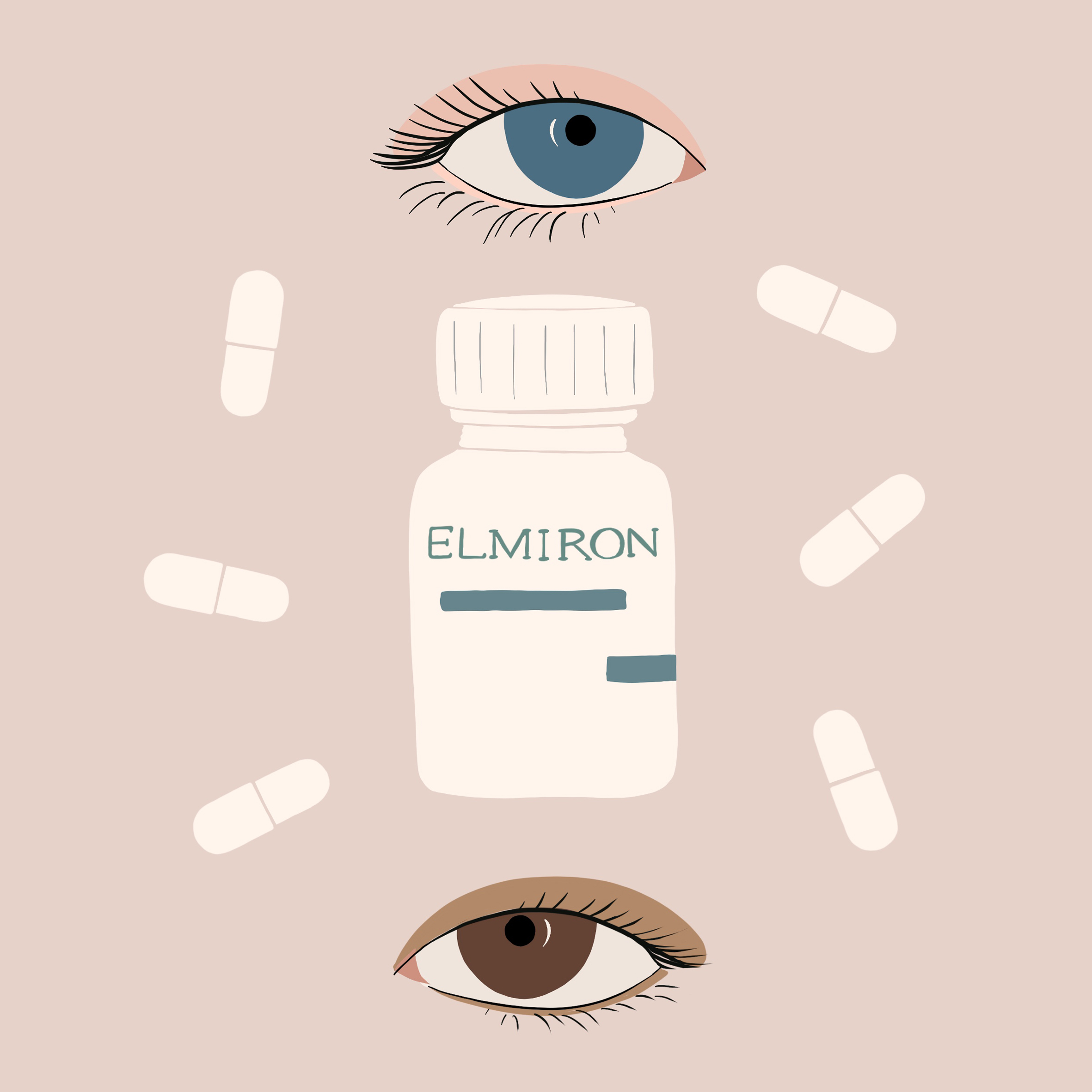Serious vision problems associated with bladder pain medication Elmiron may start years after stopping the drug, according to an unpublished case study from Emory University School of Medicine.
Approved by the Food and Drug Administration in 1996, Elmiron (pentosan polysulfate sodium) was linked to visual issues when a 2018 case study first described six Elmiron patients with pigmentary maculopathy. Pigmentary maculopathy, also known as PPS maculopathy, is a new type of macular degeneration uniquely associated with longer-term Elmiron use of several years or more.
Case studies from 2019 and 2020 involving a total of 12 patients offered evidence that pigmentary maculopathy may persist after Elmiron is stopped.
However, this is the first report of “delayed onset” pigmentary maculopathy in which symptoms first appeared years after the patient stopped taking the drug.
The Case Study: Details and Limitations
The current Elmiron case study describes a 44-year-old female patient who presented with worsening central vision and difficulty seeing in the dark for six months. Changes in her eye exams showed unique signs of pigmentary maculopathy, including yellowish deposits under the macula during imaging testing. (The macula is located in the back of the eye and is responsible for sharp central vision.) The doctors weren’t able to identify other factors that might be contributing to her vision problems.
Authors Joshua Barnett, MD and Nieraj Jain, MD (author of the 2018 case study) acknowledged the importance of relying on different types of testing methods to accurately diagnose pigmentary maculopathy. In this case, the only existing patient testing records were color fundus photos (color images of the macula, retina and other structures inside the eye) from the patient’s previous eye doctor. It’s possible the patient could have already been exhibiting symptoms of pigmentary maculopathy but these symptoms were unknown due to the lack of earlier testing.
It should be noted that this new case study is an uncorrected proof and has not been subjected to the scrutiny of the medical journal peer review process.
